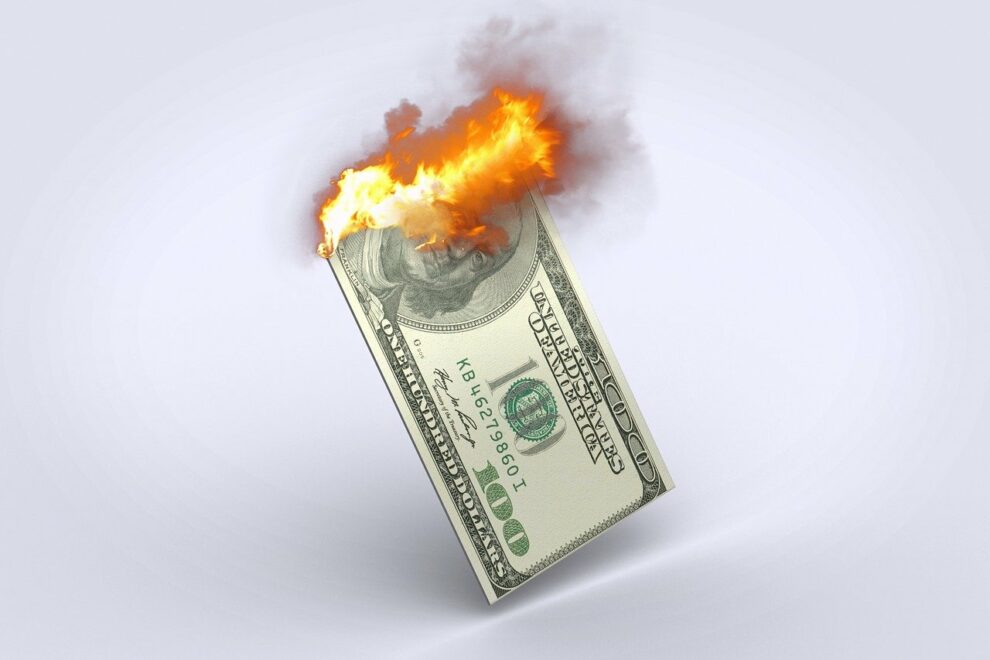Consumer inflation posted a surprise acceleration in February, US government data showed Tuesday, a development likely to nudge policymakers towards a cautious approach as they mull when to start interest rate cuts.
While price increases have fallen from their peak in 2022, households are still feeling the pinch from costs of living — adding pressure on President Joe Biden as he tries to win over voters on his economic policies while running for reelection this year.
The annual consumer price index (CPI) came in at 3.2 percent last month, the Labor Department said Tuesday, a sign these stresses may not ease quickly.
The “core” CPI measure stripping out volatile food and energy prices edged down slightly to 3.8 percent, but was still above the 3.7 percent analysts expected.
Biden stressed that the latest report indicated further progress on lowering inflation, flagging that “annual core inflation is the lowest since May 2021.”
“Wages are rising faster than prices over the last year and since the pandemic,” he said in a statement, though conceding more has to be done to lower costs and help the middle class.
The Labor Department noted that the indexes for shelter and gasoline both rose in February.
Combined, they contributed more than 60 percent to the increase of last month’s overall index, it said.
Month-over-month, inflation came in at 0.4 percent, up from January’s 0.3 percent figure.
Analysts expect the Federal Reserve to focus on “core” inflation when deciding the best time to start reducing rates, a move likely to spur business activity.
To curb stubborn price increases, the central bank had embarked on a series of rapid interest rate hikes in 2022, before holding the level at its highest in more than two decades at recent meetings.
The Fed has signaled it could start rate cuts this year, so long as there is continued progress in lowering inflation.
But the bumpy path to its longer term goal of two percent inflation could pose challenges.
Although the Labor Department flagged shelter inflation as a key contributor to the overall index, it was lower month-on-month, down to 0.4 percent from January’s 0.6 percent figure.
Energy prices, which can be volatile, rose 2.3 percent from January to February in a reversal of the previous month’s decline.
A “pessimistic scenario” would be one where interest rates stay high for longer while inflation picks up and expectations for price gains increase, said Ryan Sweet, chief US economist at Oxford Economics.
That would force the Fed to start lifting interest rates again.
But it is an unlikely situation, “particularly as there is disinflation in the pipeline from lower market rents and a deceleration in nominal wage growth,” Sweet said.
Economists expect officials will want to see more evidence of prices coming down sustainably, before pivoting to rate cuts.
Sweet added that delaying the first cut from May to June “would have little importance for the broader economy,” such as economic growth figures.
“The latest data further reinforce the case for a patient and vigilant approach from Fed officials,” said economist Rubeela Farooqi of High Frequency Economics.
Meanwhile, it is likely that Fed officials will proceed with caution in their policy meeting next week.
“The short-term dynamics point to some leveling off in inflation trends,” EY senior economist Lydia Boussour.
She noted that beyond the headline figure, CPI had picked up on a three-month annualized basis.
But she expects inflation will keep cooling and that the Fed will proceed with 100 basis points of cuts this year.
